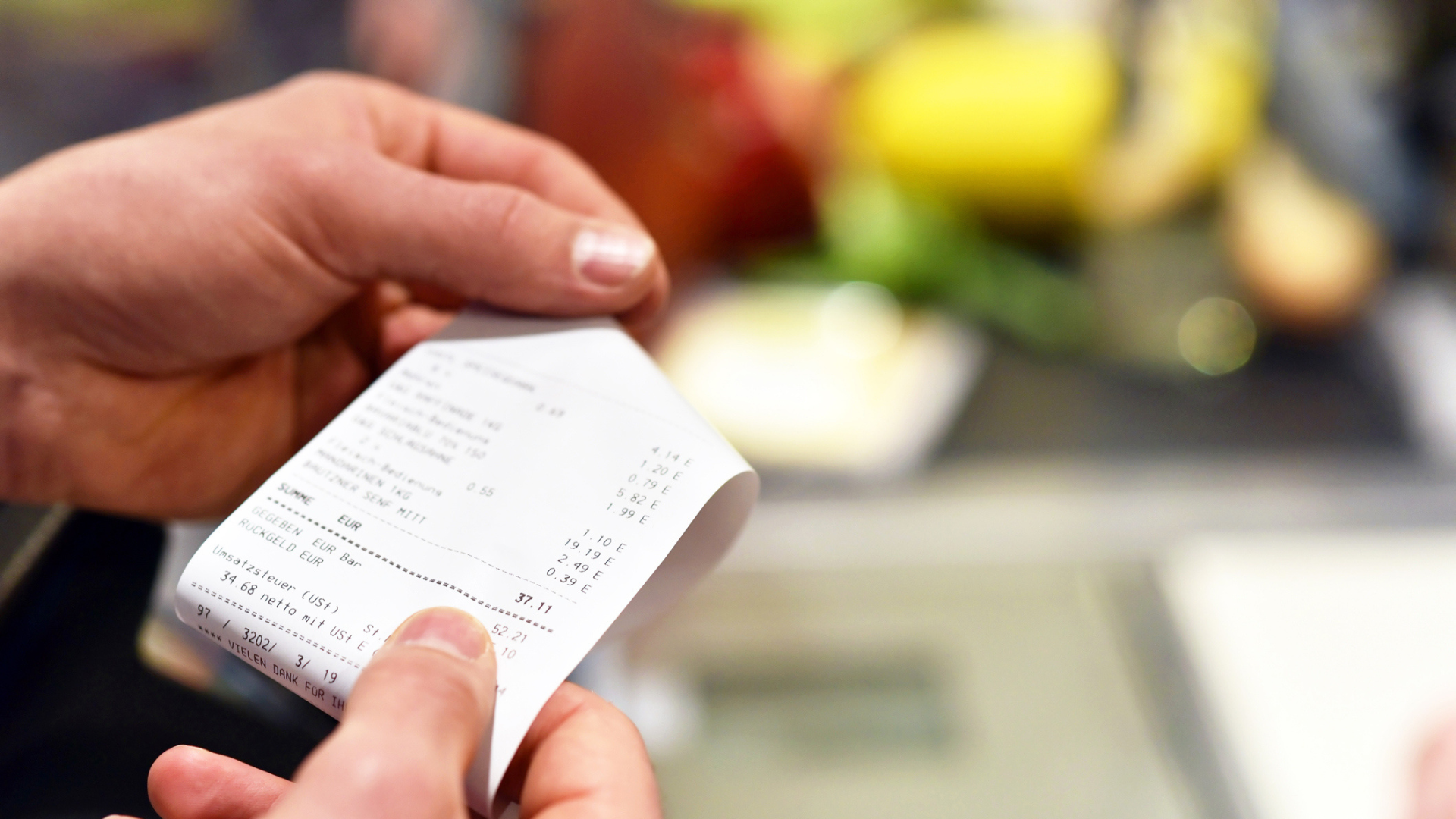The current election cycle made a headline out of price gouging in grocery stores and setting caps on certain staple foods. Contrary to insinuation that farmers and others in agriculture are profiting, the USDA is projecting on-farm income will decrease by 25 percent this year alone after a decrease of 16 percent last year.
Since the beginning of COVID, there has been a great deal of discussion about the supply chain but there is still not widespread understanding of how complex the system is. In the case of the food supply chain, there are several stops between the farm gate and a consumer’s plate.
The food produced by farms and ranches generally makes stops at a processor, packaging facility, wholesale trader, and store, before reaching a consumer. There are other costs associated with food sales as well including food service (the people who work at each of the places not on the farm), energy costs (keeping the lights on and equipment within those various facilities operating), transportation, insurance and financing, advertising, and miscellaneous costs (store shelves, brooms at processing facilities, and so on).
Each part of the supply chain adds cost to a product to cover their expenses. If plastic packaging becomes more expensive, the packaging facility can pass that cost on to the wholesaler. If transportation becomes more expensive, the wholesaler can pass that cost on to the store.
The farm is the one part of the supply chain with no direct ability to influence the sale price of the product. Commodity markets, traded like stocks on an exchange, dictate the sale price of virtually every good raised on a farm. Even fresh produce sold to grocers has a negotiated contract price often based on commodity exchange rates in the Midwest where the cost of labor, living, and other inputs are significantly less than those on the West Coast. This puts food producers at a disadvantage when it comes to absorbing cost increases incurred because of policy decisions, natural phenomena, or global influences.
As a result, there are several factors that have increased the cost of food that cannot be addressed by capping the cost of food. Caps would, in fact, do more damage by imposing an artificial cost. For example, the cost of beef has risen dramatically because the national cattle herd has decreased due to drought causing a lack of feed. A smaller supply of cattle means less beef making the cost of beef rise.
Similarly, as predicted, the implementation of California’s Prop 12 – an animal housing law requiring specific pen sizes for laying hens, veal, and hogs for any food products sold in the state regardless of where the food originated – has increased the cost of pork by requiring producers to decrease their herd sizes, limiting the number of hogs available to processors. Avian flu has limited the available number of poultry and laying hens to drive up the overall cost of chicken and eggs as well.
In the case of events like drought or avian flu, the market will likely correct itself over time. The cattle and poultry raisers who survive will slowly grow their herds and flocks again. As the number of cattle and poultry increase, the cost of both items in grocery stores will trend downward.
Policy decisions are more difficult to fix. The Supreme Court of the United States has already upheld Prop 12, meaning pork and egg producers will have to adjust to new business models to accommodate the regulations. The higher costs of pork and eggs are likely to remain over the long-term because of the shift in production requirements for producers to remain eligible to sell their products in California.
When the most recent ag census was released earlier this year, USDA Secretary Tom Vilsack said, “A combination of trade wars, the pandemic and policies that furthered a ‘get big or get out’ mentality pushed more people out of farming in the five years since the last Census, than in any other Census period this century. … Today’s report is a wake-up call to everyone who plays a role in agriculture policy or who shares an interest in preserving a thriving rural America ...” His comments highlight the need for better decisions in agricultural policy; decisions that empower people to continue to produce food rather than punishing them for doing so.
Price caps may sound like an easy solution to high food prices, but they don’t solve the underlying causes of the problem, which include government regulation, and continuing supply chain problems. If those issues aren’t addressed, price caps simply make a difficult situation even worse.




